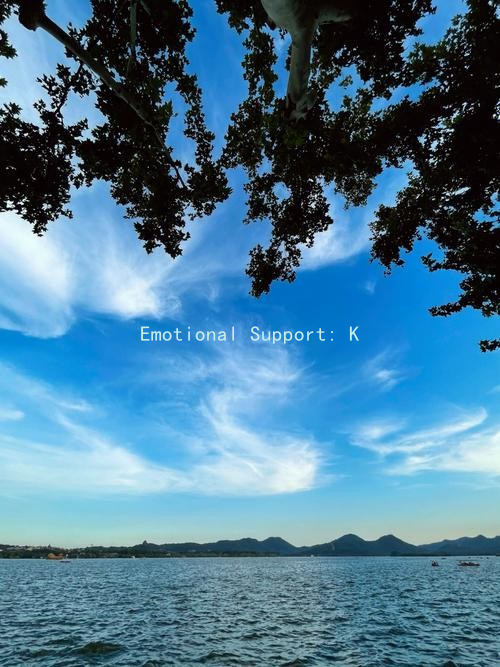Dual-Gender Emotional Narration: A Guide to Effective Dialogue in Romantic Partnerships
Dual-Gender Emotional Narration: A Guide to Effective Dialogue in Romantic Partnerships
In the landscape of modern relationships, effective communication is the bedrock upon which successful partnerships are built. Often, the challenge lies not just in what is said, but in how it is conveyed and understood across gender lines. This article presents the concept of dual-gender emotional narration, a technique designed to enhance dialogue in romantic partnerships, fostering deeper connections and understanding.
Understanding Emotional Narration
Emotional narration refers to the way individuals express their feelings and experiences. It encompasses the choice of words, tone, and body language that shape how messages are conveyed and received. Recognizing that men and women often have different communication styles and emotional expressions can pave the way for more effective discussions.
The Differences in Communication Styles
1. Expressiveness: Women are generally more inclined to verbalize their emotions, often seeking connection through dialogue. In contrast, men may prioritize problem-solving and analytical approaches, leading to a focus on practical discussions rather than emotional sharing.
2. Listening Skills: Women typically exhibit stronger active listening skills, offering affirmations and emotional support. Conversely, men may employ a more straightforward listening style, sometimes leaving their partners feeling unheard.
3. Vulnerability: Women often feel comfortable expressing vulnerability, viewing it as a means of strengthening bonds. In contrast, men may perceive vulnerability as a weakness, leading to hesitation in discussing their feelings.
Implementing Dual-Gender Emotional Narration

To bridge the gap created by inherent communication differences, consider the following strategies:
1. Create a Safe Space: Establish an environment where both partners feel secure expressing their thoughts and emotions. This can involve setting aside dedicated time for discussions without distractions.
2. Practice Active Listening: Encourage both partners to practice active listening by giving full attention, paraphrasing what has been said, and responding empathetically. This technique fosters understanding and validation of each partners feelings.
3. Use I Statements: Encourage the use of “I” statements rather than “you” statements to express feelings without assigning blame. For example, saying I feel upset when… is less confrontational than You make me upset when…
4. Prioritize Understanding Over Solutions: During discussions, especially those involving emotional topics, prioritize understanding each other’s feelings over providing immediate solutions. This approach allows both partners to feel heard and valued.
5. Explore Emotional Vocabulary: Engage in dialogues to expand each partner’s emotional vocabulary. This collective effort can enhance empathy and strengthen connections by enabling deeper discussions.
6. Feedback Loops: Regularly check in with each other after significant conversations. This allows both partners to express how well they felt understood and what could be improved in future dialogues.
Conclusion
Navigating the complexities of romantic partnerships requires a nuanced understanding of emotional narration and responsive communication styles. By acknowledging the differences between genders and implementing dual-gender emotional narration techniques, couples can foster a healthier dialogue. Ultimately, effective communication not only strengthens emotional bonds but also promotes mutual respect and understanding, paving the way for a fulfilling relationship. Love thrives where open, empathetic dialogue exists—cultivating this skill will lead to deeper connections and brighter futures.





